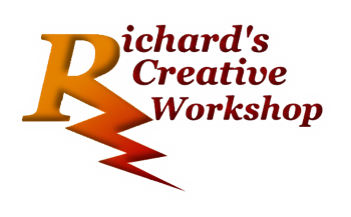Warhammer 40K Scenery
Warhammer 40K Scenery Scenery plays a key role in Warhammer 40,000, each piece provides a unique and thrilling experience for each game. Street stockade Imperial Ruins Basilica Ruins Munitorum Armoured…
Plague Marines
Death Guard Plague Marines No Traitor Legion stands as high in Nurgle’s favour as the Death Guard. Swollen with the Plague God’s blessings and utterly devoted to the corruption of…
Ultramarines
Ultramarines A strong core of reliable and adaptable warriors that can lay down fire while advancing or holding down terrain is an invaluable aid to any tactician. In the case…
Streetlight diorama
Streetlight diorama Building the streetlight Rebuilding the base Painting the streetlight The finished piece The final pictures Building I was recently contacted and asked to make a street light as…
Commissioned Church Ruin
Commissioned Church Ruin Building the scene Left Wall Back Wall Right Wall The Floor The Detail Painting Completed Building After completing the last Church Ruin I was asked to build…
